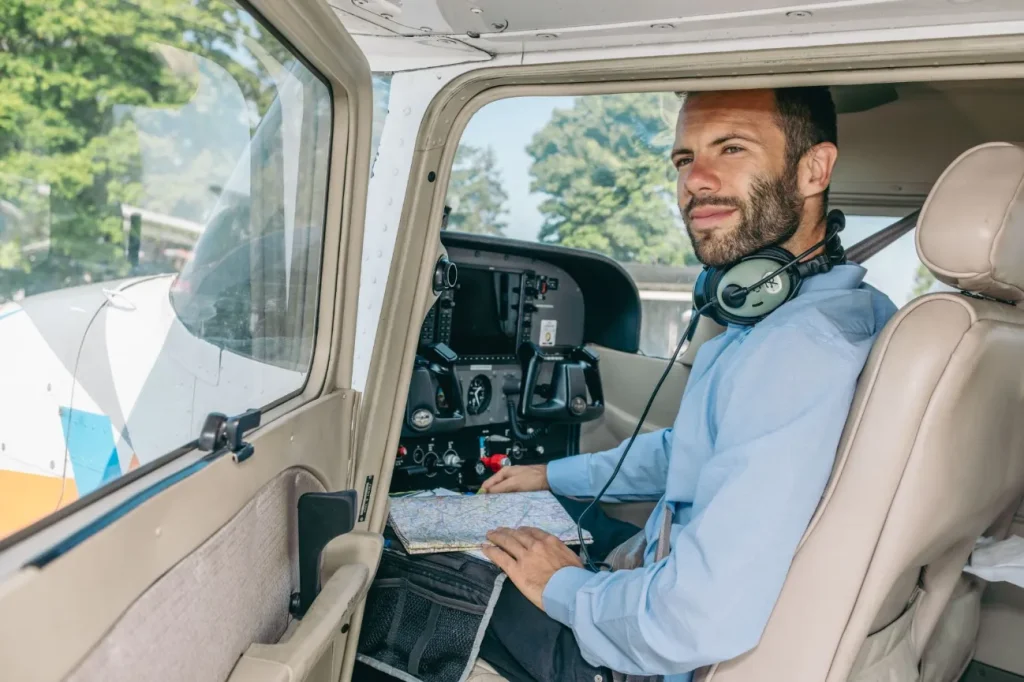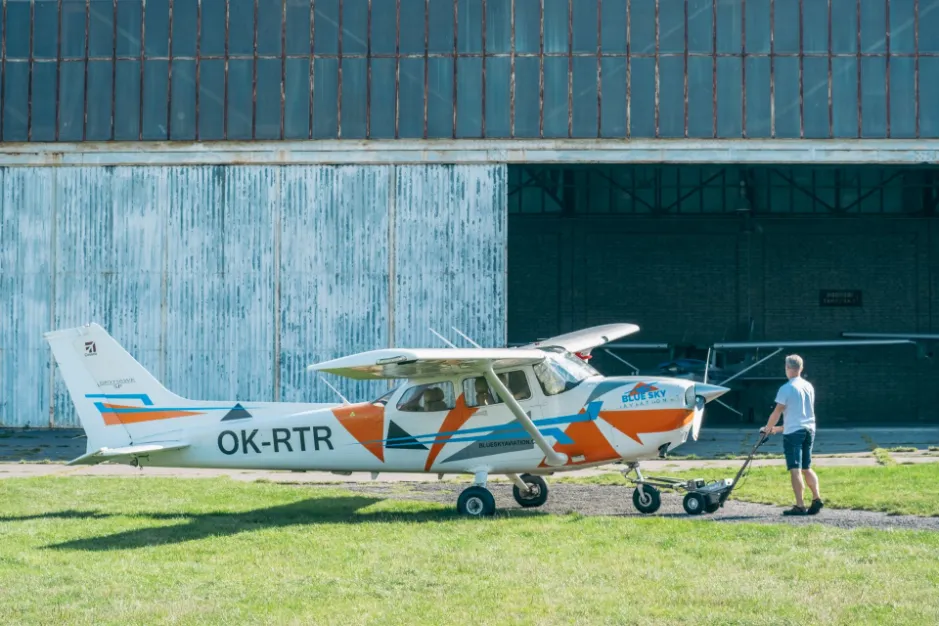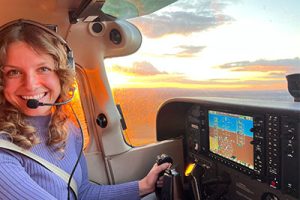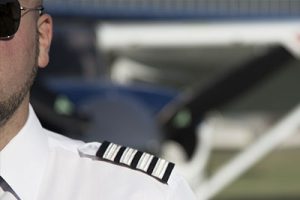We regularly receive inquiries from those interested in flight training about whether the LAPL(A) or PPL(A) license is more suitable for them and their differences. Therefore, we decided to create a short article mentioning the most important differences between these licenses.

LAPL(A) has become an accessible entry point into aviation, offering a simplified path with lower health requirements and a reduced minimum number of training hours. It is especially designed for those who want to fly recreationally within EASA member states, emphasizing easy license maintenance due to less stringent recency requirements. However, this accessibility comes with operational limitations, such as restrictions to flying only certain types of aircraft, carrying a limited number of passengers, and limitations on extending the license to include instrument or instructor qualifications.
Conversely, the PPL(A) license is presented as a more universal and globally recognized certification, allowing for a broader range of aviation activities, including the possibility of pursuing a commercial pilot career. The PPL(A) requires a more rigorous training regime, higher health standards, and a commitment to maintaining proficiency through a regular number of flying hours. Despite these demands, the PPL(A) license offers extensive aviation permissions, including the ability to fly a wider range of aircraft under various conditions and across state borders.
Similarities and Rights
The requirements for theoretical knowledge and the actual theoretical knowledge exams are the same. In the Czech Republic, exams are conducted at the Civil Aviation Authority. A minor difference is found in the skill test content, where with LAPL(A), the test does not include the use of radionavigation aids and the basics of instrument flying; otherwise, it is identical to PPL(A).
Holders of a LAPL for airplanes have the right to act as pilot-in-command in single-engine piston landplanes SEP(land), single-engine piston seaplanes SEP(sea), or TMG with a maximum certified takeoff weight of 2,000 kg or less.
PPL(A) license holders have the right to act as pilot-in-command or co-pilot in airplanes or TMG in non-commercial operations and to perform all the rights of LAPL(A) license holders. A PPL(A) holder may receive compensation with instructor or examiner rights for:
- providing flight training for obtaining an LAPL(A) or PPL(A);
- conducting skill tests and re-assessments of professional competence for obtaining these licenses;
- training, testing, and re-examination for qualifications or certifications associated with this license.
Differences
One of the most common reasons for choosing the LAPL(A) license is the lower health requirements for the pilot. You only need a ‘LAPL’ medical certificate, which has significantly lower demands than the Class 2 medical certificate required for the PPL(A) license.
With the LAPL(A), you are limited to a maximum of 3 passengers, so including the pilot, a total of 4 persons onboard, even if the aircraft has a capacity for more than 4 persons. The practical training syllabus for LAPL(A) is a minimum of 30 hours, for PPL(A) a minimum of 45 hours. Previous experience can be credited for both licenses. For LAPL(A), up to 15 hours and for PPL(A), up to 10 hours.
Both licenses are valid for 2 years, but the conditions for subsequent renewal are more demanding for PPL(A).
Summary
Compared to PPL(A), LAPL(A) has several disadvantages, such as non-recognition outside EASA states, restrictions on certain aircraft types with a maximum takeoff weight of up to 2000 kg, and the ability to carry a maximum of three passengers. Furthermore, a LAPL(A) holder cannot obtain instrument qualifications or instructor certification and may carry passengers only after completing 10 hours of flight as pilot-in-command. Conversely, the advantages of LAPL(A) include lower health requirements, shorter training courses, and less stringent requirements for maintaining the license. This means the cost of acquiring and maintaining this licence is less than PPL(A). With an LAPL(A) license, you can also convert to aircraft with variable-pitch propellers and retractable landing gear.
We see one of the greatest advantages as the possibility of crediting previous aviation experience for glider pilots or ultralight aircraft pilots. This credit can reduce the syllabus by up to 50%. For those with ambitions to fly for compensation, such as a commercial pilot, we recommend choosing the PPL(A) license, as this is a necessary licence for the more advanced qualifications that every transport pilot must have.
You can find an official document from the CAA with more detailed information HERE.













